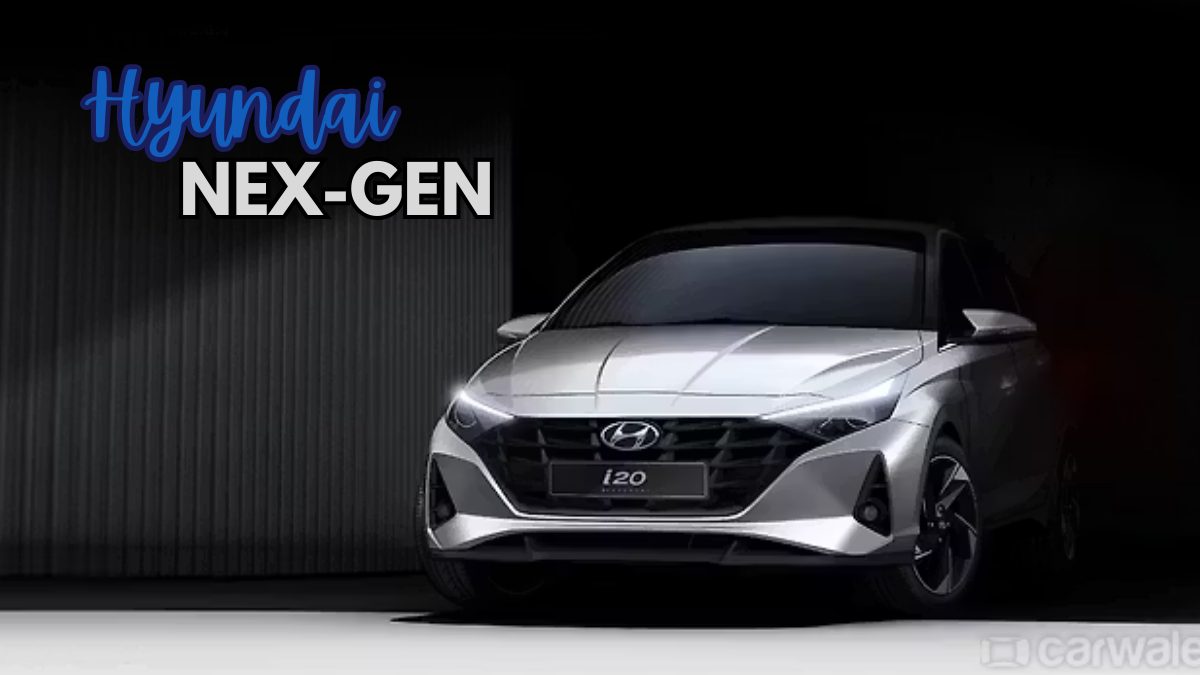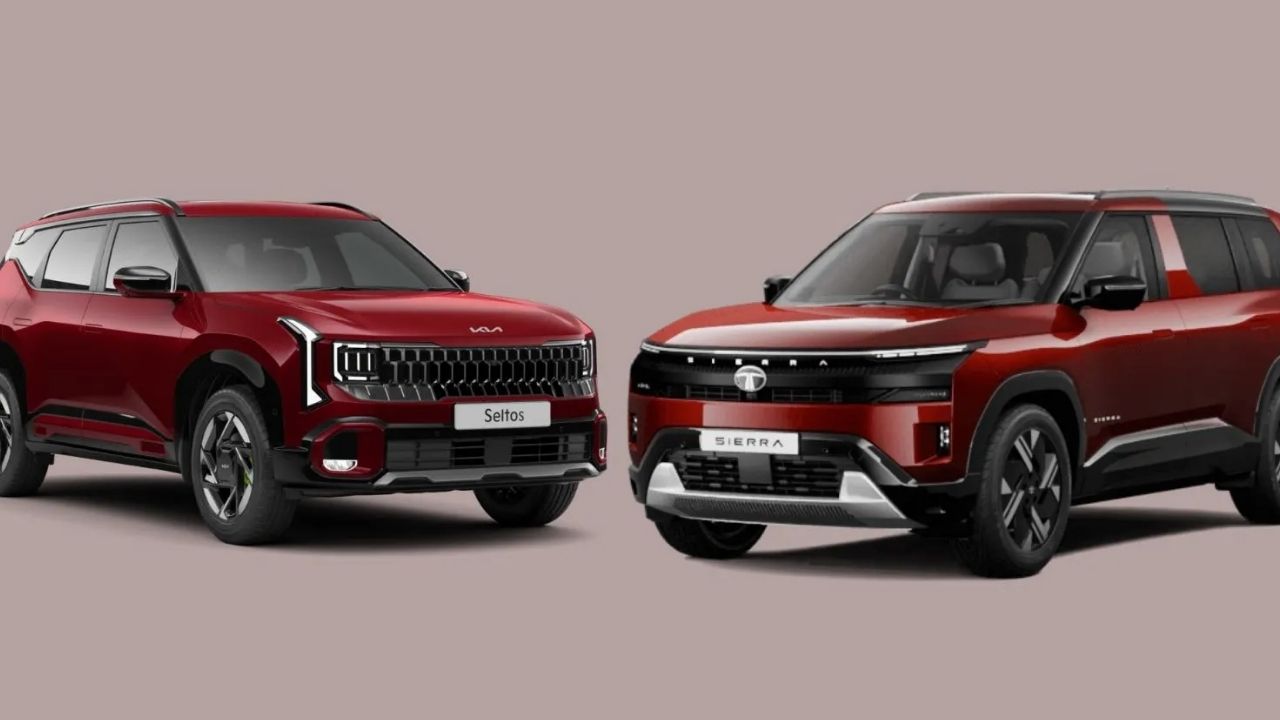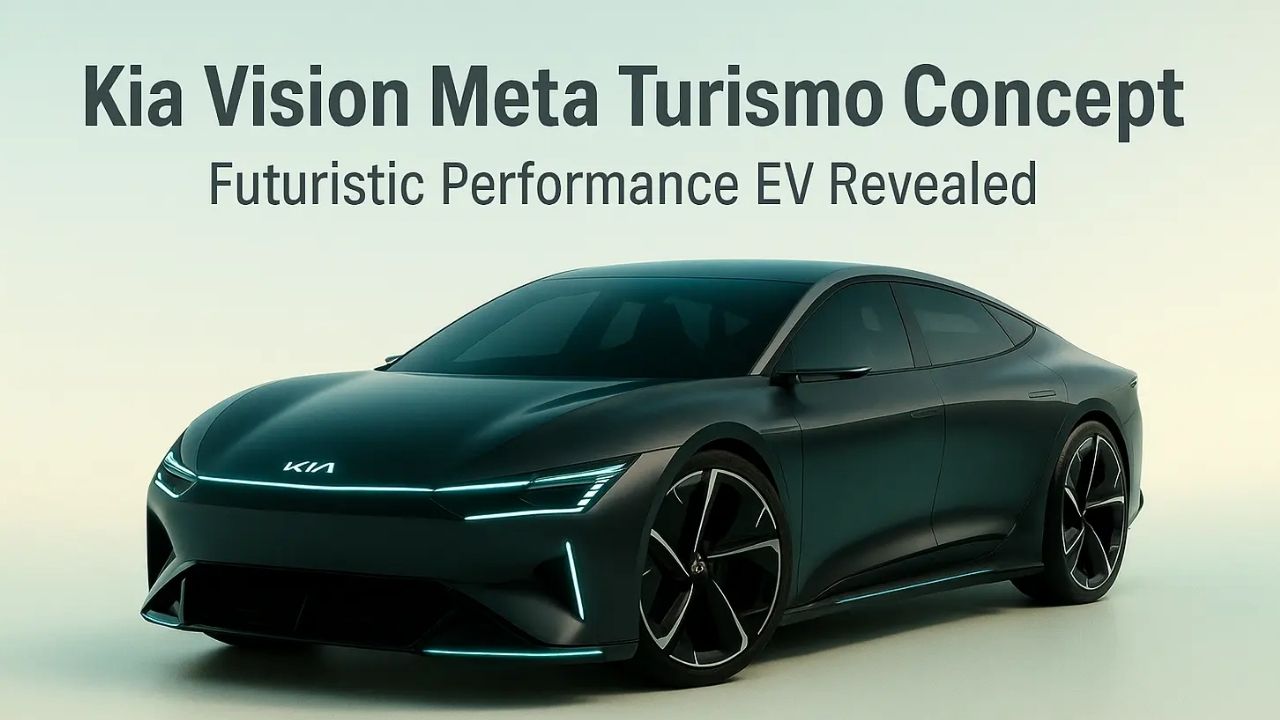The Hyundai i20 has long been one of India’s most popular premium hatchbacks, balancing sharp styling, a feature rich interior and city friendly performance. The next generation model has now been spotted testing in Gurugram under full camouflage, offering the first real world hints at how Hyundai plans to evolve the formula. While the sighting preserves many details behind cladding, the test mule reveals a rounder, more cohesive shape, a redesigned rear profile and signs that the brand will load the car with more technology without abandoning its efficient and proven powertrain.
This early look suggests Hyundai aims to keep the i20 at the front of the premium hatchback pack by focusing on design maturity, cabin quality, intuitive tech and day to day usability. Below is everything we can glean so far, plus what to expect when the car reaches showrooms.
Exterior Design and Engineering: Familiar Proportions, Softer Surfacing
The test car’s camouflage cannot hide the broader strokes. The next gen i20 appears to shift from the current car’s crisply creased look to a rounder, more fluid surfacing theme. The rear section looks fuller with a sloping roofline that tapers into a redesigned tailgate. The rear quarter panels appear wider, lending the car a planted stance that should translate to a more premium road presence.
Several details are still hidden, but the production version is expected to feature:
- A new front fascia aligned with Hyundai’s newer global design cues, likely with a cleaner grille treatment and reprofiled bumper
- Aero optimised alloy wheels with a fresh pattern
- Revised lighting signatures at both ends, possibly with a continuous light element at the rear
- Discreet EV style cues are not anticipated since this is a petrol hatch, though the design may borrow sleek aerodynamic tricks from newer Hyundai models
The test mule did not show roof rails, yet these could appear on specific trims of the production car for a sportier or crossover flavoured aesthetic. Overall dimensions are expected to remain within the current i20’s footprint, preserving city friendly size while improving stance and visual width.
Quick Summary
Key Points |
Details |
|---|---|
What was seen |
Camouflaged next-gen Hyundai i20 test mule in Gurugram, revealing new rear profile and wider quarter panels |
Exterior highlights |
Rounder silhouette, sloping roofline, revised tail section, new alloy design expected, updated front fascia in line with Hyundai’s latest design language |
Interior highlights |
Expected refreshed dashboard with a 10.25 inch infotainment screen, updated materials and upholstery |
Tech and comfort |
360 degree camera spotted on test car; expected features include ventilated front seats, electric sunroof and a Level 1 ADAS suite |
Powertrain |
Likely to retain 1.2 litre naturally aspirated petrol with 5 speed manual and CVT options |
Launch window |
Expected India debut in 2026 |
Target buyer |
Urban hatchback shoppers seeking a premium cabin, modern tech and efficient powertrain |
Official site |
Cabin and Features: Premium Look, Big Screen, Thoughtful Quality of Life Additions
Inside, Hyundai is expected to push the i20 further upmarket without overcomplicating the user experience. The headline item is a 10.25 inch infotainment screen that appears to sit proud of a redesigned dashboard. Expect a cleaner layout with fewer physical buttons but logical shortcuts, wireless smartphone integration and a refreshed colour and materials palette.
Key expected equipment highlights include:
- 10.25 inch touchscreen infotainment system with connected tech
- Updated digital or semi digital driver display depending on trim
- Ventilated front seats to improve hot weather comfort
- Electric sunroof on higher variants
- 360 degree camera system, spotted on the test car, to ease tight urban parking and low speed manoeuvres
- Wireless charging pad, multiple USB Type C ports and improved storage solutions
- Automatic climate control with dedicated physical toggles for common functions
- Ambient lighting and upgraded seat upholstery with contrast stitching on top trims
Hyundai usually calibrates its cabins for intuitive ergonomics. Expect improved seat base length, better under thigh support and a rear bench that can comfortably accommodate two adults and a child, with a practical boot and split folding rear seats to juggle luggage and passengers.
Safety and Driver Assistance: Step Up to Level 1 ADAS
Safety will be a major pillar of the new i20. While final specifications will be revealed closer to launch, a Level 1 ADAS suite is expected on higher variants. Typical features in this bracket include forward collision warning with autonomous emergency braking at urban speeds, lane keeping assist, lane departure warning, driver attention warning and lead vehicle start alert. The 360 degree camera system augments awareness with bird’s eye views and guidelines, while rear parking sensors and a rear camera should remain standard.
Multiple airbags, electronic stability control, hill start assist, ISOFIX mounts and a tyre pressure monitoring system are likely to be part of the broader safety package. Body in white improvements may further enhance crash safety and noise insulation.
Powertrain and Performance: Proven and Efficient
Under the bonnet, the next gen i20 is expected to retain the 1.2 litre naturally aspirated petrol engine from the current car. This engine has been popular for its smoothness, low running costs and tractable performance in city traffic. Transmission choices are expected to include a 5 speed manual for value focused trims and a CVT for buyers prioritising convenience and gentle commuting.
While enthusiasts might wish for a turbo petrol return, the early test information points to Hyundai sharpening the mainstream package rather than chasing outright performance. Expect driveability to be enhanced through improved throttle mapping and NVH tuning, with suspension and steering updates aimed at delivering a more settled ride over broken surfaces without losing the i20’s urban agility.
Ride, Handling and Comfort: Balanced for Daily India Use
Hyundai generally tunes its premium hatchbacks with a comfort first mindset. The next gen i20 is likely to carry forward this approach, pairing a compliant ride with stable highway manners. Wider rear quarters and a rounder tail may also help with crosswind stability. Tyre and wheel choices are expected to balance efficiency and grip, while the 360 degree camera and better visibility should make the car stress free to place in tight city lanes and parking lots.
Cabin quietness should see incremental gains thanks to better sealing, improved damping and quieter mounts. Ventilated seats, a sunroof option and thoughtful storage spaces will round out the comfort package for family buyers and daily commuters alike.
Expected Variants, Colours and Personalisation
Hyundai typically offers the i20 in multiple trims with distinct feature step ups, along with a rich colour palette and dual tone roof options on top variants. Expect:
- Multiple monotone and dual tone exterior colours
- Choice of fabric and leatherette upholstery themes inside
- Accessory packs for style, protection and convenience
- Feature bundles that keep the mid variants compelling for value seekers
Pricing Outlook and Launch Timeline
While the brand has not made a formal announcement, the next gen Hyundai i20 is expected to arrive in India in 2026. Pricing is likely to be competitive within the premium hatchback segment, with a broad walk from entry level manual trims to fully loaded CVT variants. Hyundai’s strategy usually positions the i20 to deliver a strong blend of features and perceived quality at each price point, and the added tech such as a 360 degree camera and potential ADAS would help the car stand out.
Frequently Asked Questions
Q. Is the next gen i20 getting a new engine
The car is expected to retain the 1.2 litre naturally aspirated petrol engine, paired with a 5 speed manual and a CVT option.
Q. Will the new i20 offer a 360 degree camera
Yes. The test mule shows the presence of a 360 degree camera system, which should make tight parking and low speed manoeuvres easier.
Q. Are ventilated seats and a sunroof expected
Both features are likely on higher variants, enhancing comfort in hot weather and adding an airy feel to the cabin.
Q. Will the new i20 get ADAS
A Level 1 ADAS suite is expected on top trims, including features such as autonomous emergency braking and lane keeping assist, subject to final specification.
Q. How different is the design from the current car
The new model appears rounder with a fuller rear section, wider rear quarters and a more sloping roofline. Expect a revised front fascia and new alloy designs.
Q. When will the next gen i20 launch in India
An India launch is expected in 2026, with more details to be announced closer to the date.
Q. Will the new i20 be more expensive
Pricing will be revealed at launch, but given the added tech and safety features, a modest step up is possible while remaining competitive within the segment.
Q. What official resources can I check for updates
For the latest brand and model information, visit the Hyundai India website.
Verdict: Evolution Where It Matters
The early test sighting of the next gen i20 suggests Hyundai is prioritising the core needs of Indian hatchback buyers. A rounder, cleaner exterior, a more premium cabin anchored by a large and modern screen, parking friendly tech like a 360 degree camera and a proven, efficient petrol engine make a lot of sense for the daily grind. Add potential ventilated seats and Level 1 ADAS on higher trims, and the i20 looks set to remain a benchmark for tech and comfort in the segment. If you want a dependable, well equipped and easy to live with premium hatchback, the next gen i20 is shaping up to be worth the wait.
Official Site
https://www.hyundai.com/in/en
For More Information Click Here







